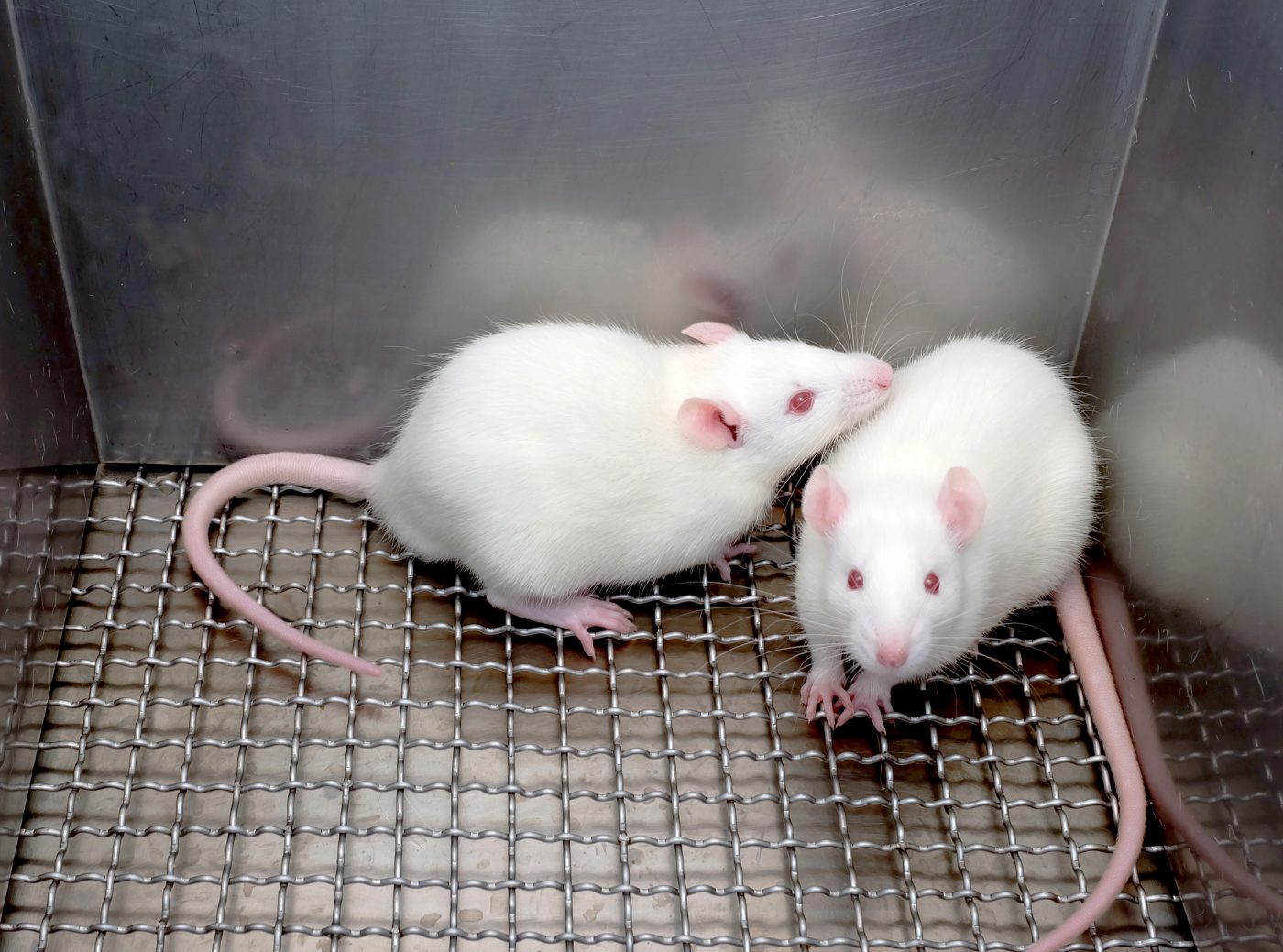Parkinson’s Researchers May Finally Have a Mouse Model to Test New Treatments

An animal model capable of reproducing the formation of α-synuclein fibrils and, consequently, Lewy bodies — the major pathological hallmark of Parkinson’s disease — has finally been developed. Researchers reporting this achievement, in a study titled “Induction of de novo α-synuclein fibrillization in a novel neuronal model for Parkinson’s disease” and published in PNAS, expect their model to considerably aid Parkinson’s research and treatment.
α-synuclein, an abundant protein in the healthy human brain, is the major constituent of Lewy bodies. Overproduction and aggregation of α-synuclein leads to fibrils that form Lewy bodies, the protein clump inclusions that appear within neurons and cause neuronal and synaptic damage. Researchers have long tried to develop animal models able to reproduce this pathology, both to better understand Parkinson’s disease (PD) and better screen potential therapeutic drugs. But until now, the overproduction of human α-synuclein in mice failed to result in the characteristic fibrils or Lewy bodies found in human PD brains, hindering PD modeling, research, and drug development.
Researchers wondered if the inability to form pathological structures was due to interactions between human and mouse forms of α-synuclein. These animals produce three types of α-synuclein, all similar to the human protein. To observe the effects, the team investigated what would happen to human α-synuclein when it was produced in mice neurons genetically engineered not to produce one or all forms of their own α-synuclein homologues.
Results revealed that mouse protein homologues did indeed interfere with fibril and Lewy body formation. Mice neurons engineered not to produce mouse α-synuclein successfully formed Lewy body-like clumps. Mouse homologues interacted with early intermediates of human α-synuclein aggregation, the researchers determined, preventing the protein’s development into pathological Lewy bodies and their spread throughout the brain.
This important discovery shows why it was so difficult to model PD in mice, and opens the way to engineered mice and neuronal cultures crucial for medical and drug research. “We now have a very well-characterized model that offers a powerful tool for rapid screening of molecular pathways involved in Parkinson’s disease,” Mohamed-Bilal Fares, the study lead author and a PhD student, said in a news release. “But because it can also allow us to understand how human alpha-synuclein forms fibrils inside neurons and how that contributes to the progression of the disease, we can develop better drugs and intervention strategies to prevent this disease.”






